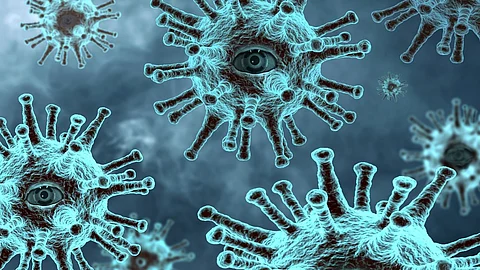This finding has significantly greater implications than just increased academic interest. Understanding how these bacteria find and utilize blood supplies may help develop new treatment methods. Researchers want to lower the risk of bloodstream infections by developing drugs that specifically target bacteria's capacity to identify blood, specifically among susceptible groups like those suffering from inflammatory bowel illnesses (IBD).
According to Baylink, "bacteria infecting the bloodstream can be lethal." In fact, bloodstream infections are more common in IBD patients, who frequently have intestinal bleeding. Researchers want to protect these individuals and their health by understanding the mechanisms underlying bacterial vampirism.
This discovery highlights the urgent requirement for more studies on antibiotic-resistant bacteria, including the ones the WSU team is looking at. Innovative methods of infection prevention and treatment are more important than ever since multidrug-resistant bacteria are becoming an increasing threat to public health worldwide.
Therefore, the identification of bacterial vampirism provides a new understanding of the mechanisms behind bloodstream infections and reveals a disturbing aspect of microbial behavior. Based on this understanding, scientists can create targeted therapies that have the potential to save lots of lives in the fight against fatal infections.
(Input from various media sources)
(Rehash/ Susmita Bhandary/MSM)


